Did you know the Great Salt Lake is shrinking at a rate unmatched by any other major U.S. lake? It’s a statistic that catches even long-time residents off guard, revealing the complex layers of Salt Lake, Utah beyond the postcard mountain views. For outsiders and new arrivals alike, struggling to make sense of what sets this place apart is almost a rite of passage. This article dives beneath the surface—because the truth about Salt Lake, Utah is more surprising, challenging, and rewarding than you might think.
The Surprising Side of Salt Lake, Utah: Why It’s More Than You Think
When people imagine Salt Lake, Utah , iconic images usually come to mind—towering mountains, the namesake Great Salt Lake , and the sprawling city that hosts world-class ski resorts. Yet, the true pulse of Salt Lake beats in its unexpected contrasts and little-known realities. It’s a city where cutting-edge industry sits alongside deep tradition, and where rapid urban development competes daily with fragile desert environments. More than just a place of scenic beauty, Salt Lake challenges both residents and visitors to reckon with change—social, economic, and environmental—on a near-daily basis.
Those who dig deeper discover that Salt Lake’s uniqueness stems from decisively modern moments—a booming tech corridor known as “Silicon Slopes,” a food scene that rivals much larger metropolitan areas, and a community spirit forged in both pioneer resilience and contemporary creativity. Whether you’re drawn by opportunity or just passing through, coming to terms with Salt Lake, Utah means navigating a landscape that’s as dynamic and unpredictable as the desert weather itself.
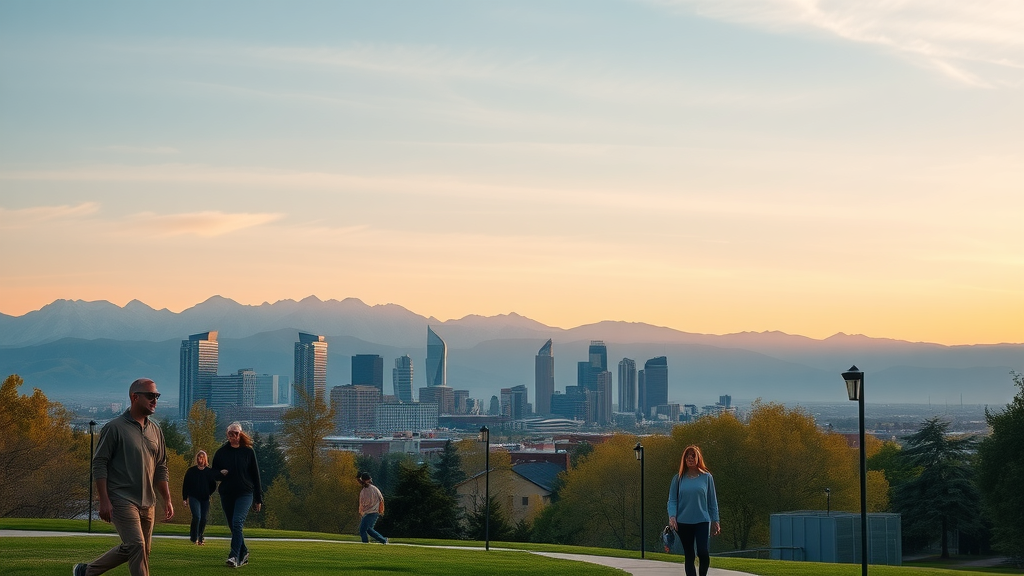
“Did you know the Great Salt Lake is shrinking at a rate unmatched by any other major U.S. lake?”
Unveiling the Unconventional: Salt Lake, Utah’s Place in the Urban Desert
Salt Lake City: The Crossroads of Culture, Commerce, and Conservation
Salt Lake City stands at a rare intersection, where broad boulevards designed by Mormon pioneers now bustle with tech startups and globally inspired festivals. The city’s strategic location—once an oasis in the Westward Expansion—has evolved into a hub where commerce and conservation must continually negotiate space. This is especially evident in initiatives led by the Salt Lake City Department of Public Utilities and the City Council , both of which are grappling with the pressures of rapid growth, limited water resources, and the need to protect local heritage.
Residents here are part of a living experiment. By day, the urban core buzzes with business meetings at companies like JPMorgan Chase and homegrown tech outfits, while just a few miles away, advocacy groups like the Great Salt Lake Collaborative hold rallies to protect the ecosystem. It’s a city where historic conservation efforts are not just lip service—they’re personal. Streets are lined with both 19th-century churches (including the renowned Church of Jesus Christ landmarks) and sleek modern eateries, reflecting the evolving identity of Lake City .
This unique blend of past and future shapes everyday life. As northern Utah continues grappling with issues spotlighted by outlets like the Salt Lake Tribune , survival and success demand innovation. Whether it’s adopting water-saving initiatives or fostering greater cultural diversity, Salt Lake City proves that the character of the city is being rewritten every day.
Great Salt Lake: Natural Wonder Facing an Uncertain Future
The Great Salt Lake is not just a natural marvel—it’s also Utah’s most visible symbol of environmental fragility. Once covering over a million acre feet, today this immense, shallow lake faces serious challenges as water diversions and long-term climate shifts shrink its shoreline. Each year, the lake loses more water to the city’s demands, with dire implications for the wildlife it sustains and the lake-effect storms that define Lake City’s winter sports economy.
This is more than a local story. The drama playing out on the lake’s salt flats—broadcast via Utah News Dispatch and chronicled in environmental journals—echoes across the American West. From migratory bird habitats to mineral extraction, every aspect of life in northern Utah is linked to the fate of the Great Salt ecosystem. The rapid changes have sparked debates among the City Council , environmental organizations, and local businesses, each facing tough questions about sustainability, growth, and public health.
Even as policymakers explore bold water conservation strategies—supported by advocacy from projects like the Salt Lake Collaborative —the lake’s future remains uncertain. But one thing is clear: to truly understand Salt Lake, Utah, you need to look beyond the city lights and see what happens at the water’s receding edge.
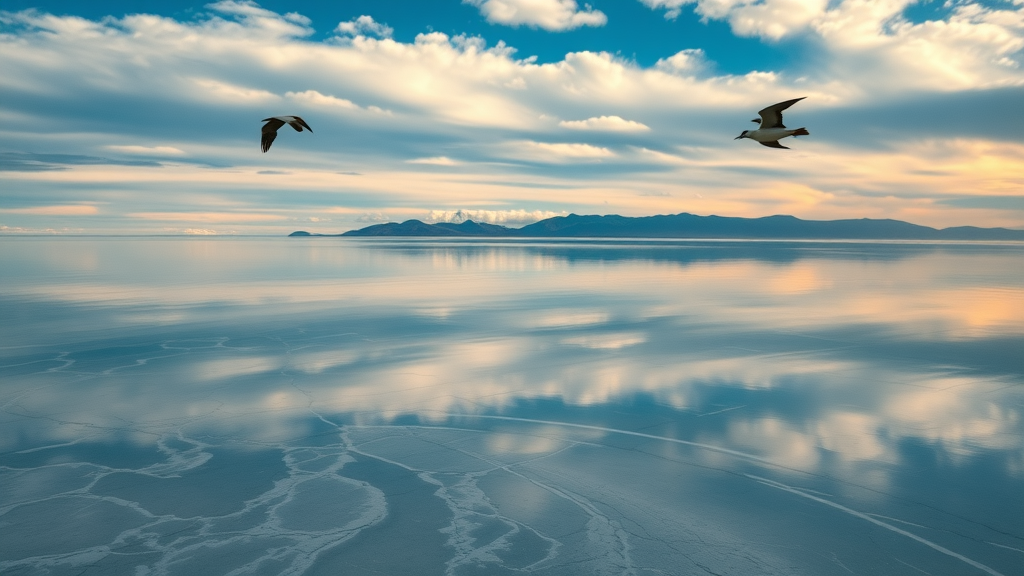
My Opinion: Living in Salt Lake, Utah – The Real Experience
Lake City Vibes: A Unique Blend of Tradition and Modernity
Life in Salt Lake, Utah is often a study in contrasts. One day, you might attend a Lake City street festival that celebrates both pioneer heritage and emerging multicultural influences; the next, you’re hiking mountain trails that seem like they belong to another era. The city’s DNA is woven from the strong threads of both its Latter-day Saints roots and its evolving status as a cosmopolitan hub. Nowhere do you see this more than in the neighborhoods surrounding downtown, where modern public art and leafy boulevards are found steps away from iconic sites tied to the Church of Jesus Christ .
What may surprise many is the easy meld between old and new. Here, you’ll find espresso bars in historic brick buildings, bike lanes threading through century-old districts, and a palpable sense that past and present genuinely coexist. Younger generations, drawn by job growth and an affordable lifestyle, are creating new traditions—be it supporting local artists or championing green spaces advocated by the Salt Lake City Department of Public Utilities . They care deeply about issues covered by the Salt Lake Tribune and challenge legacy ideas with new cultural energy.
This living mix gives Salt Lake, Utah a vibe all its own. It’s a place where innovation is not just welcome, it’s necessary—whether responding to climate shifts or reimagining inclusive community spaces. As businesses and families flock to the region, Lake City proves that embracing its dual identity is key to its ongoing allure.
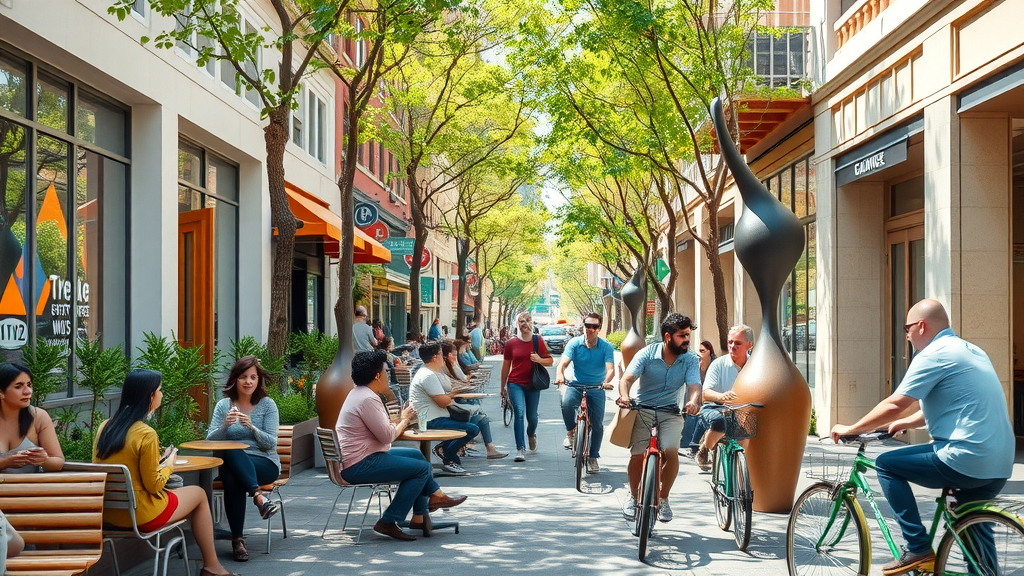
Pioneer Day and How Salt Lake City Embraces Its Heritage
Pioneer Day, celebrated every July in Salt Lake, Utah , is more than just a state holiday—it’s the heartbeat of local identity. Drawing crowds for day fireworks, parades, and reenactments, the festival connects modern Salt Lakers with the monumental trek of the first settlers. These roots are honored year-round in public parks, museums, and even in the city’s distinctive street grid, which echoes early planning by the Church of Jesus Christ founders.
While Pioneer Day highlights tradition, it’s also a canvas for diverse voices. Today’s events include tributes to Native American histories, immigrant stories, and the rising influence of recent arrivals on city government and culture. Whether it’s the spike in new businesses reported by the Salt Lake Tribune or evolving discussions among the City Council , Pioneer Day is when the past meets the present with gusto. It’s not just a celebration of survival—it’s a testament to Salt Lake City’s willingness to reinvent itself while remembering where the journey began.
Through these festivities, Salt Lake City maintains a sense of connection: between generations, between tradition and progress, and between the natural landscape and the ever-changing urban heart. For both lifelong residents and newcomers, Pioneer Day is a reminder that identity here is never stagnant; it’s shaped, year after year, by a community committed to progress and preservation alike.
The Big Debates: Why Salt Lake, Utah Is a Hot Topic
| Pros | Cons |
|---|---|
|
|
The Environment: Water Use, Salt Flats, and Urban Growth
The biggest flashpoint for Salt Lake’s future is, without question, water. Decades of unchecked growth and diversion upstream have left both the Great Salt Lake and city water supplies at critical lows. This means more than just receding shorelines—it affects air quality, regional agriculture, and the broader ecology of northern Utah. The Acre Feet of water lost each season is staggering, driving policymakers to weigh immediate needs against long-term survival.
Urban growth, too, is a double-edged sword. While new construction brings vitality and tax revenue, it stresses the very landscapes—salt flats, mountain canyons, suburban sprawl—that make living in Lake City unique. Debates rage in City Council meetings and editorial boards at the Salt Lake Tribune about how to strike a sustainable balance. There’s consensus on the need for innovation but disagreement about how quickly changes must occur, especially as drought conditions worsen and the Great Salt Lake Collaborative amplifies the urgency for action.
In short, Salt Lake’s environmental debates are not just about resources—they’re about identity, legacy, and how much compromise residents are willing to make for the future of their home.
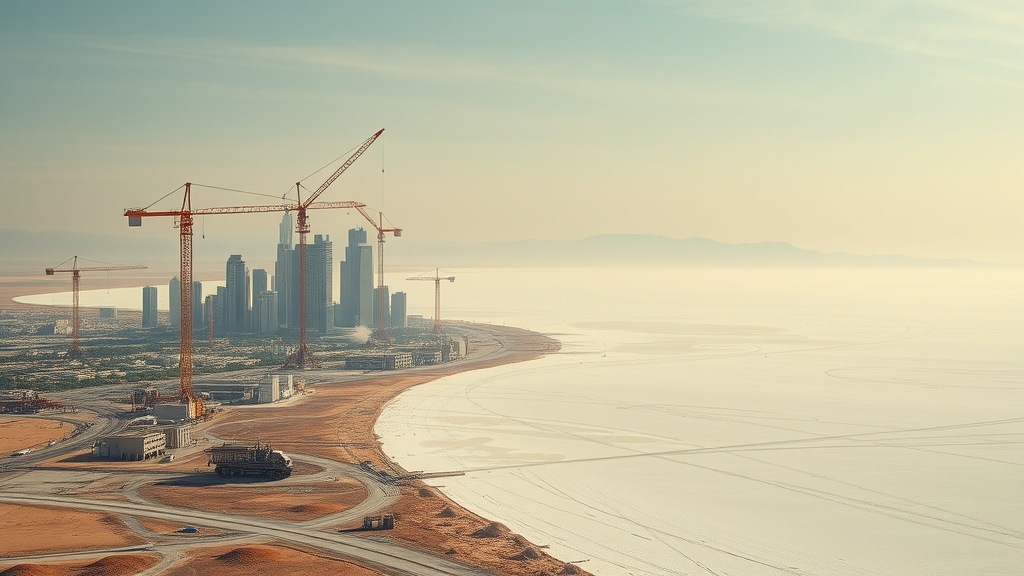
Salt Lake City’s Diversity and Changing Demographics
Salt Lake City stands out as one of the most demographically dynamic cities in the West. Once characterized by relative homogeneity, waves of migration and a red-hot job market have transformed its population profile. Newcomers from across the U.S. and around the world are enriching the region—bringing new cuisines, languages, and customs. While this shift brings undeniable energy, it also exposes tensions as “Old” and “New” Salt Lake work out how to share schools, neighborhoods, and the public square.
Business growth reported by Utah News Dispatch and ongoing change in the city’s makeup make it a focal point in discussions across Lake Tribune op-eds and City Council sessions. As diversity increases, so too does Salt Lake City’s cultural capital—seen in expanding LGBTQ+ events, global festivals, and support for minority-owned businesses. Yet, this evolution requires continual dialogue: about equity, housing, and making sure that prosperity is accessible for all.
Ultimately, Salt Lake City’s strength lies in its ability to adapt. Its changing demographics represent not just a statistical trend but a cultural renaissance—one that’s redefining what it means to live, work, and thrive in Utah’s capital.
Great Salt Lake’s Impact on Recreation and Local Economy
The Great Salt Lake is more than a scenic backdrop; it’s a cornerstone of Salt Lake, Utah’s economy and a driving force for recreation. Locals and tourists flock to its shores for unique outdoor experiences: sailing across salty waters, marveling at migratory birds, or relaxing at parks that line the water’s edge. The salty microclimate has fostered a world-renowned ski industry, with “lake-effect” snow contributing to the powdery conditions at resorts surrounding Lake City .
This natural bounty also powers job creation, from recreation guides to environmental scientists. Yet, all of this hangs in the balance as shrinking water levels reduce the lake’s recreational appeal and threaten associated businesses. Major events and festivals, often covered by the Salt Lake Tribune , are feeling these effects—with diminishing shorelines putting both the wildlife and visitor dollars at risk.
The economic web spun by the Great Salt Lake is intricate and fragile. Protecting it requires buy-in from government, local industries, and the public—a reality that’s fueling some of the region’s fiercest policy debates today.
What Makes the Great Salt Lake So Great?
- Unmatched Salinity: The Great Salt Lake is one of the saltiest bodies of water in the Western Hemisphere, supporting unique ecosystems found nowhere else.
- Vital Bird Habitat: Over 10 million migratory birds from more than 250 species depend on the lake, making it a critical stopover on the Pacific Flyway.
- Mysterious “Islands”: From the iconic Antelope Island to hidden reefs, the lake’s diverse geology produces strange landforms that attract visitors and researchers alike.
- Climatic Influence: The lake’s presence intensifies regional weather, creating “lake-effect” snow that fuels Utah’s famous ski resorts.
- Natural Resources: Its mineral-rich brine is harvested for salts and chemicals, playing a surprisingly important role in Utah’s economy.
“Salt Lake's extremes aren’t just scenery—they shape the rhythm of life in Utah.”
How Salt Lake, Utah Compares to Other Major Lake Cities
Compared to places like Chicago (Lake Michigan) or Cleveland (Lake Erie), Salt Lake City occupies a unique niche. While those cities are famous for freshwater recreation and major shipping industries, Salt Lake, Utah stands apart thanks to the sheer otherworldliness of its salt flats and briny, floatation-friendly waters. The environmental challenges—seen in the shrinking South Bay and pollution concerns—are distinct from the issues facing Great Lakes cities, yet the conversation about conservation and community resilience is strikingly similar.
Salt Lake also holds its own in culture and commerce. Unlike the more urban, industrial skylines reflected in the lakes of Toronto and Chicago, Salt Lake’s panoramic views are rimmed by alpine wilderness and desert valleys. This contrast offers unique opportunities and obstacles—everything from air quality inversions to a city council tackling rapid sprawl with a western flair.
While each lake city has its draw, none can quite match the stark beauty or the existential questions posed by Salt Lake. As evident from headlines in Utah News Dispatch and debates among the Lake City Department of Public Utilities, it’s a community defined by its willingness to adapt and innovate. For newcomers and long-timers alike, the experience of Salt Lake, Utah is a masterclass in contrasts—urban and wild, ancient and ever-new.
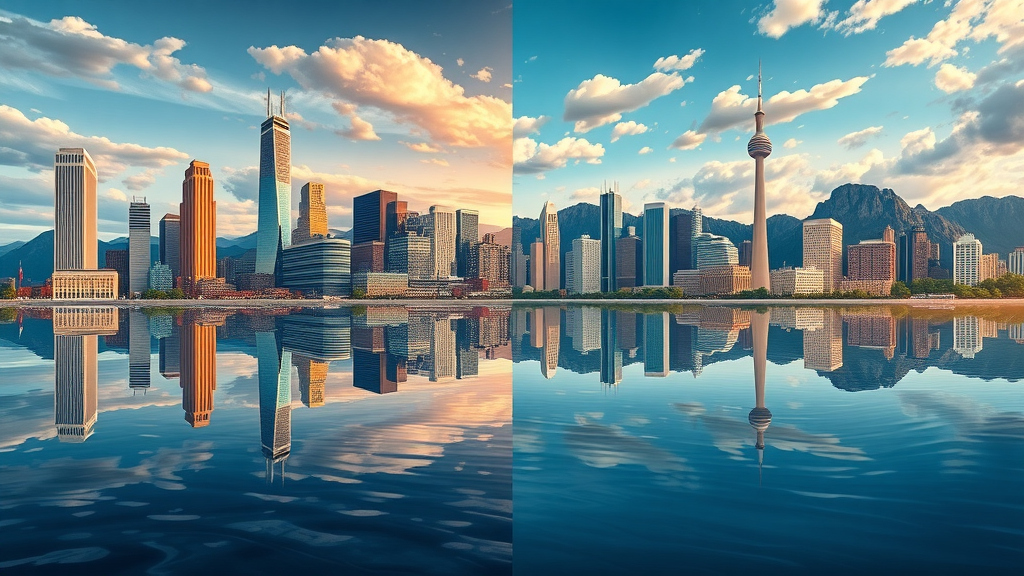
Why Salt Lake City Attracts—And Confounds—Newcomers
- Temple Square: Iconic spiritual and cultural center, home to historic architecture and vibrant public gardens.
- Antelope Island State Park: Offers hiking, wildlife viewing, and stunning panoramic views of the Great Salt Lake .
- Utah Museum of Fine Arts: Major regional art institution featuring local and global exhibitions.
- Liberty Park: Urban oasis with walking trails, aviaries, and spaces for family activities.
- Red Butte Garden: Botanical garden and amphitheater surrounded by mountain scenery—showcasing the best of Salt Lake’s natural and artistic wonders.
People Also Ask: Essential Questions About Salt Lake, Utah
What is Salt Lake, Utah known for?
Salt Lake, Utah is famous for the Great Salt Lake , a unique natural lake with extraordinary salinity, the historic Salt Lake City with its strong ties to the Latter-day Saints community, stunning mountain views, and world-class skiing. It’s also a hub for outdoor recreation and emerging tech businesses.
Is Salt Lake City a good place to live?
Salt Lake City consistently ranks highly for quality of life, job growth, and access to nature. However, opinions vary and challenges include air quality issues, water scarcity, and a rapidly changing housing market.
Challenges and Solutions: Addressing the Concerns Around Salt Lake, Utah
Lessons from the Great Salt Lake's Environmental Struggles
The environmental challenges facing the Great Salt Lake are not just natural disasters in waiting—they are calls to action. Over the past decade, a staggering loss of acreage—measured in thousands of acre feet —has exposed lake bed, threatening both public health and cherished local traditions. These changes, reported widely in the Salt Lake Tribune and Utah News Dispatch , spotlight the need for both local stewardship and broader policy shifts.
There are critical lessons here: water conservation is no longer optional, and regional collaboration—from agriculture producers to city departments—must intensify. The city’s experience underlines the risks of complacency and the power of community engagement in reversing even persistent crises. For every challenge highlighted by the Lake City Department of Public Utilities, there are success stories: wetlands restoration, new conservation incentives, and a popular groundswell of support for the preservation of Utah’s greatest lake.
Protecting the Great Salt Lake is not academic—it’s essential for air quality, recreation, and the very identity of northern Utah. Change won’t be easy, but ongoing public debate is moving the community toward solutions that blend growth with environmental responsibility.
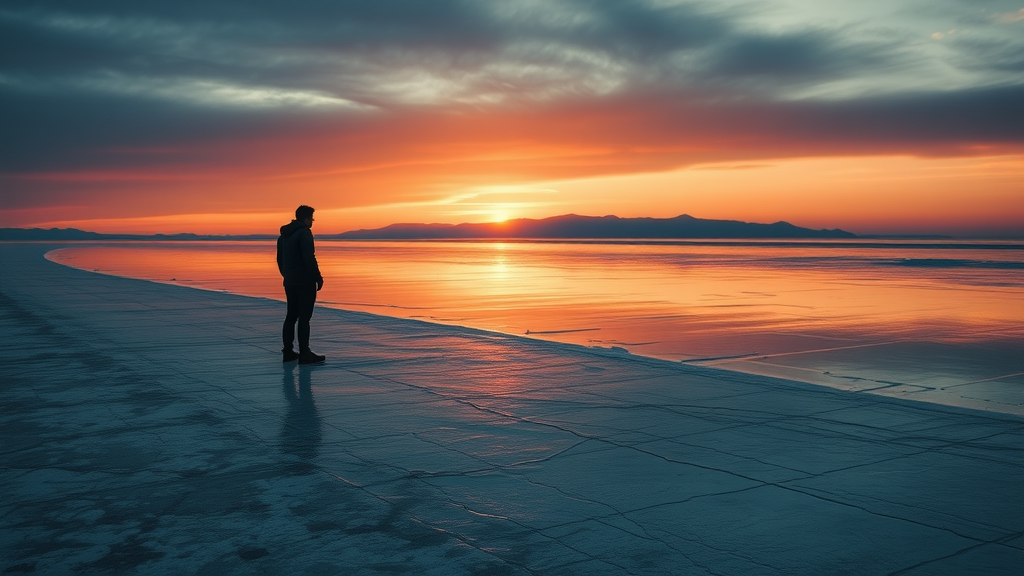
Salt Lake City’s Bold Steps Toward Sustainability
Facing tough realities, Salt Lake City is stepping up. New strategies led by the City Council and Department of Public Utilities include innovative water conservation campaigns, green infrastructure, and support for urban agriculture producers. Businesses are adopting sustainable practices, and the city is a model for renewable energy in the West—giving hope for balancing urban growth and environmental health.
Crucially, public awareness is rising. Coverage from outlets like the Lake Tribune and the Great Salt Lake Collaborative has placed sustainability at the forefront of civic priorities. Residents are rethinking lawn watering, supporting local food systems, and backing measures to bring more water to the lake. Innovative partnerships with research centers and everyday citizen activism are turning cautionary tales into blueprints for change.
While the scale of the task is immense, Salt Lake’s willingness to lead is encouraging. The community’s voice—amplified by news dispatches and collaborative advocacy—shows that protecting Utah’s heritage and future must go hand-in-hand.
Snapshot: How Pioneer Day Shapes Salt Lake, Utah’s Identity
“On Pioneer Day, Salt Lakers combine celebration with reflection on progress and preservation.”
Pioneer Day encapsulates the dual nature of Salt Lake, Utah —reverence for tradition and a drive for new beginnings. The day’s celebrations echo the spirit of the Fourth of July, yet are uniquely local, rooted in the trek and tenacity of the first settlers. Amidst day fireworks and grand parades, there’s a subtext of reflection: on how far the city’s come, and on the work that lies ahead to preserve its most valued resources, from cultural diversity to the shrinking Great Salt Lake .
It’s not just a public holiday; it’s a yearly recommitment by the community to balance the past with the urgent demands of the present. Through music, food, and remembrance, Pioneer Day serves as Salt Lake’s annual “state of the union”—a public meditation on unity, identity, and shared stewardship for all things Utah.
Frequently Asked Questions About Salt Lake, Utah
How has the Great Salt Lake changed in recent years?
The Great Salt Lake has experienced significant shrinkage, losing thousands of acre feet annually due to water diversions, drought, and climate shifts. These changes have reduced wildlife habitat, exposed more lake bed (increasing dust and air pollution), and unsettled both the natural and economic balance in the region.
What are the best outdoor activities in Salt Lake, Utah?
Salt Lake, Utah offers world-class skiing, hiking in the Wasatch foothills, sailing and birdwatching at Antelope Island, and urban biking through beautifully maintained city parks. Outdoor enthusiasts enjoy everything from rock climbing and trail running to peaceful strolls among unique salt flats and lakeside beaches.
Is Salt Lake City’s economy growing?
Yes, Salt Lake City has one of the fastest-growing economies in the West. Driven by tech innovation, hospitality, and a surge in health and finance sectors, the city is drawing investments and talent nationwide. However, growth brings challenges—including rising living costs and the need for sustainable infrastructure improvements.
Key Takeaways: Salt Lake, Utah’s Place in Today’s National Conversation
- The struggle for water is at the heart of Salt Lake, Utah’s past, present, and future.
- Rich traditions—from Pioneer Day to the enduring legacy of the lake—continually shape the city’s evolving identity.
- Dynamic, diverse, and resourceful, Salt Lake is defined by both community resilience and a readiness to tackle unprecedented challenges.
Ready for Salt Lake, Utah? Find Out What You Need Now
If the complex beauty and ever-changing realities of Salt Lake, Utah intrigue you, there’s never been a better time to dig deeper. Explore, engage with the city’s passionate communities, and add your voice to the ongoing conversation. Whether you’re moving for opportunity or looking for adventure, a conscious, connected approach is the key to thriving in lake city. Are you ready to write your own Salt Lake story?
 Add Row
Add Row  Add
Add 




Write A Comment